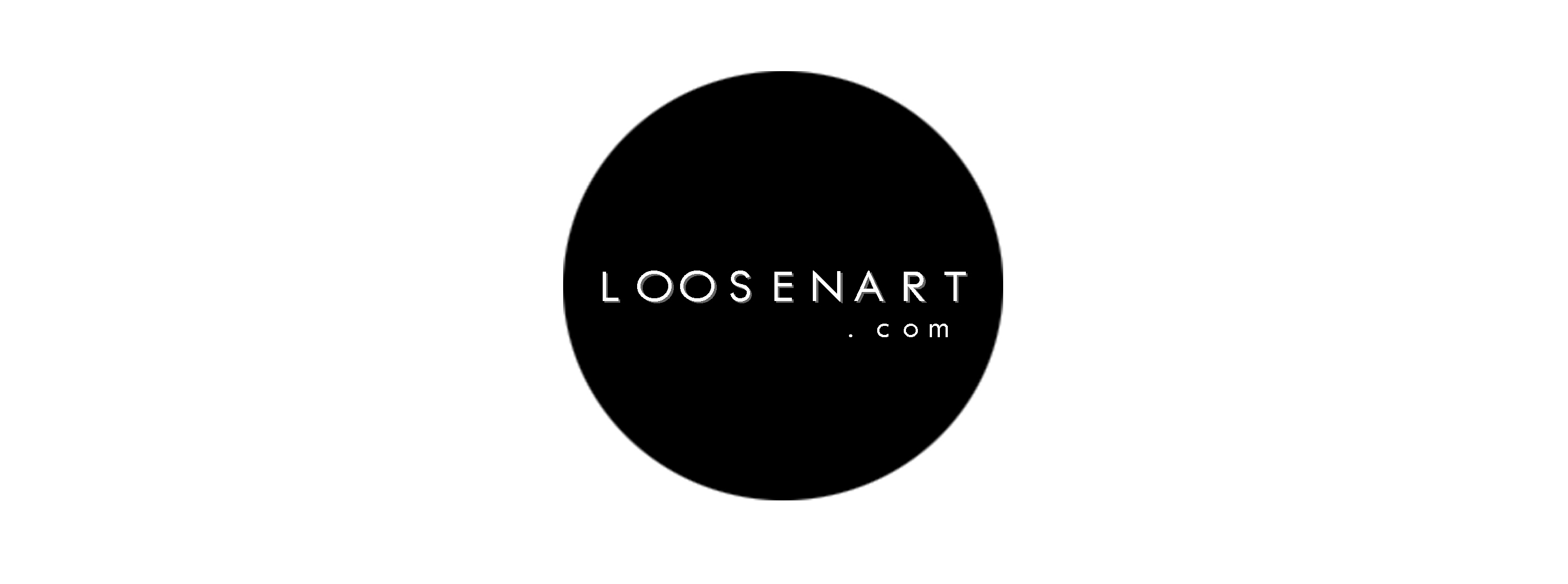The Man and the Machine
Posted on November 23 2020
.

Author S Colombo
.
.
The Man and the Machine │ 10 November - 3 December 2020
.
.
From the moment machines, factories and motors peeked out and then burged into modern society, they had a permanent impact not only on the entire world, but also on our perception of it. While cities grew and developed until devouring the neighbouring countryside, factories altered the main production sites’ skyline. And the repercussions of this great evolution poured over every aspect of our lives, from domestic habits to visual and filmic culture. The factory as a frightful entity is portrayed in various ways - from Metropolis (1927) to Charlie Chaplin’s Modern Times (1936) and Blade runner (1982). Although machines have been threatening people, letting them (us) feel exposed and replaceable, they never stopped seducing, astonishing them (us). The follow-up of this durable but still turbulent relationship is illustrated by the exhibition The Man and the Machine, arranged at Spazio Millepiani in Rome and open from November, 10 to December, 3 2020.
.
Along the exhibition path, room after room, a selected group of pictures taken by photographers and visual designers give their point of view on the intricate connections between human beings and machines. Connections that are not predictable nor univocal, being burdened with different meanings on various levels and allowing the artworks to become a coherent unique. Some artists choose to emphasize the human intervention on, with and within the machine, in a spacetime continuum that goes on until the last stop: the abandonment of the industrial workplaces once obsolete, with no utility nor purpose.
Along the exhibition path, room after room, a selected group of pictures taken by photographers and visual designers give their point of view on the intricate connections between human beings and machines. Connections that are not predictable nor univocal, being burdened with different meanings on various levels and allowing the artworks to become a coherent unique. Some artists choose to emphasize the human intervention on, with and within the machine, in a spacetime continuum that goes on until the last stop: the abandonment of the industrial workplaces once obsolete, with no utility nor purpose.
.
.
.
On the contrary, others describe the way machines rejected and expelled humans out of their production cycle. It is the creature repudiating its creator, exceeding and excluding him from its productive and automatic loop. In all those cases, the main theme is not just the tie connecting nature and artifice. Several queries are being raised, questioning us about the quality, the rhythm and eventually about the benefits of the industrial production. For how long will human intervention be necessary? How long does technology last? To what extent will machines substitute labour power?
Another recurring topic deals with technology and machines considered as objects to be produced with futuristic aesthetic and features. A sculpture taking the shape of an extraterrestrial spaceship, for example. At a closer look, this is a future winking at the past - e.g. the first space missions - and, at the same time, at sci-fi, literary, filmic and pop culture. Those connections are capable of passing through time and space, arriving straight to post-modernity.
Another recurring topic deals with technology and machines considered as objects to be produced with futuristic aesthetic and features. A sculpture taking the shape of an extraterrestrial spaceship, for example. At a closer look, this is a future winking at the past - e.g. the first space missions - and, at the same time, at sci-fi, literary, filmic and pop culture. Those connections are capable of passing through time and space, arriving straight to post-modernity.
.
.
Ihor Bondarenko, We Watch and We are Watched
by Somebody, 2020
.
.
Within this biunivocal relation between the human and the machine, even the attention towards a brutal industrial architecture finds its place. The result is a series of pictures showing horrific urban spaces, like those represented in George Grosz’s paintings (see Metropolis, 1916-1917) or - again - in Fritz Lang’s Metropolis. Factories, here, have a permanent impact on the surroundings: they make their presence impending, attracting alternatively admired or terrified looks.
Then, some other artists went beyond this, supposing new technological paths within the foreseeable future. We can call it ‘impossibile technology’ since it has not been invented yet. It is an aesthetic whim, a fascinating but still useless contribution. At times, it crosses the threshold of post-human, theorising androids, Blade runner’s replicants that mirror us and make us company. Just as “Samantha's”’ voice in Her (2013). But. In order to know what is going to happen, during this foreseeable future, we’ll just have to wait.
Then, some other artists went beyond this, supposing new technological paths within the foreseeable future. We can call it ‘impossibile technology’ since it has not been invented yet. It is an aesthetic whim, a fascinating but still useless contribution. At times, it crosses the threshold of post-human, theorising androids, Blade runner’s replicants that mirror us and make us company. Just as “Samantha's”’ voice in Her (2013). But. In order to know what is going to happen, during this foreseeable future, we’ll just have to wait.
.
.
.
.

Yas Crawford, Laboratory I, 2019 / Kristina Shakht, Cadillac. 2020 / Melanie Hübner, Paradise Lost, 2019
.
.

Suzette Dushi, Conductor, 2017 / Suzette Dushi, Union Square #4, 2017 / Sophie Stewart, Man or Machine, 2019
.
.
-
.
.

--------------------------------------------------------------------------------------------------------------------------------------------------------------






Connect